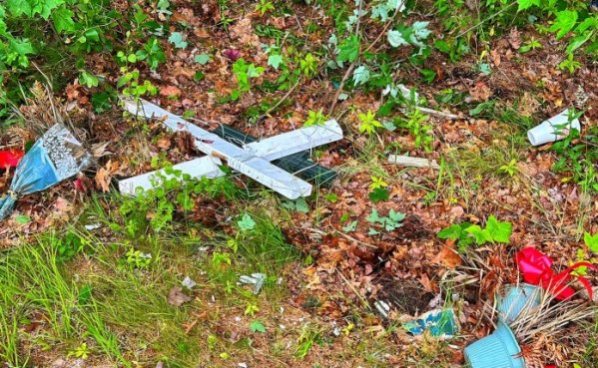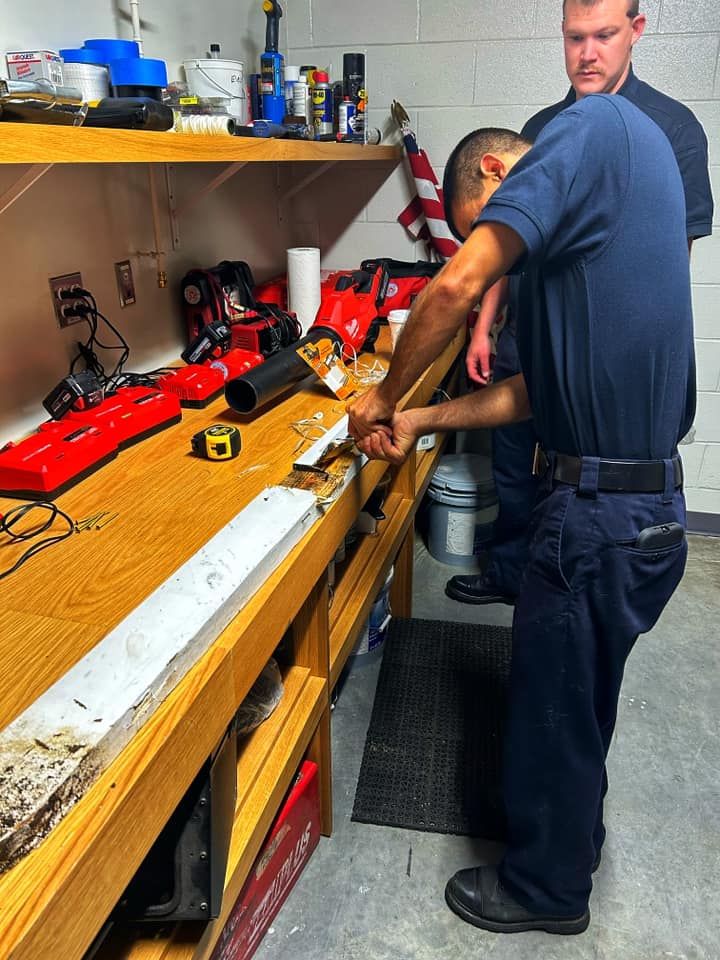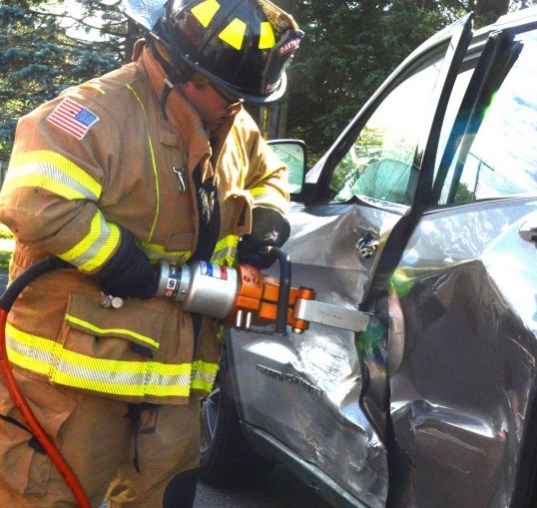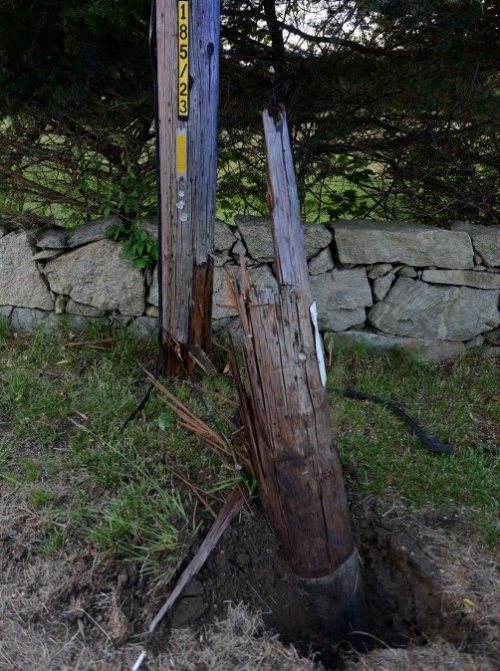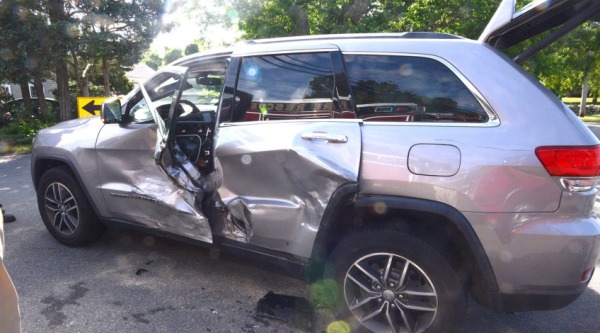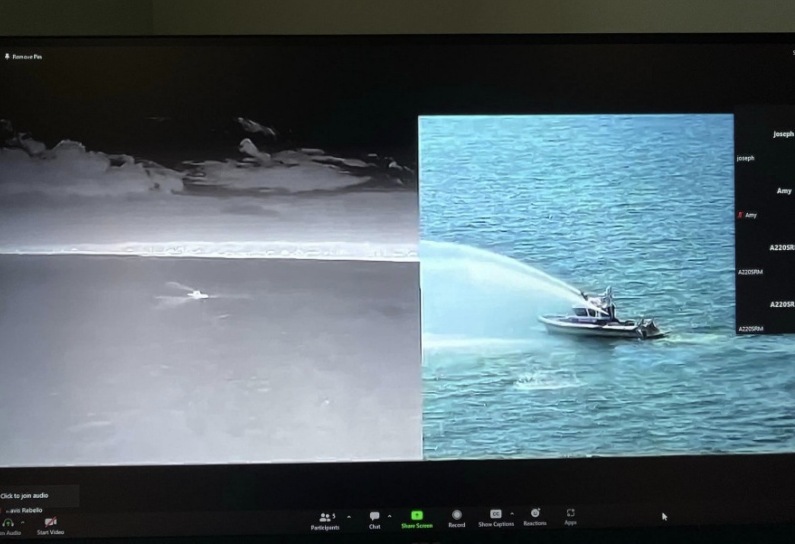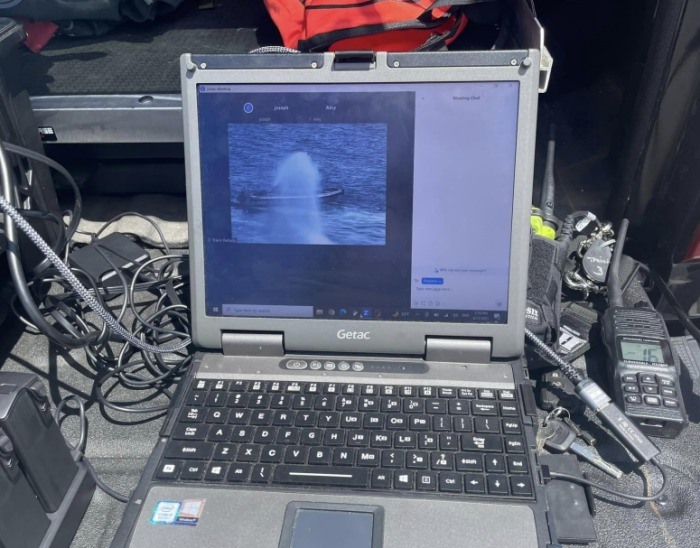New Bedford receives $99,290 grant to support commercial fishing industry, build climate resiliency
“The Healey-Driscoll Administration today announced $1.6 million in grants to support innovative approaches to enhance Massachusetts commercial marine fisheries and the seafood industry. Twenty Massachusetts businesses and organizations are receiving funding through the Environmental Economic Innovation and Resiliency in Marine Fisheries Grant Program, supplemented by the American Rescue Plan Act (ARPA). The grant program will fund projects that work to mitigate economic barriers resulting from climate change and promote sustainable, local fisheries development in Massachusetts.
“Massachusetts is a leader in protecting the health of our fishing industry, and this funding shows our commitment to keep the industry thriving by utilizing cutting-edge technology and the latest scientific research,” said Governor Maura Healey. “Our administration is taking a holistic approach to combating climate change, which includes supporting our fisheries, advancing green energy, and enhancing the state’s blue economy.”
“Having served as mayor of a coastal community, I know how much the fishing industry contributes to and impacts a city’s economy, character, and food security,” said Lt. Governor Kim Driscoll. “Massachusetts’ commercial fishing and processing industries were hit hard and changed forever by the pandemic. This funding will support innovative, environmentally friendly efforts to grow the industry and support critical food production in Massachusetts.”
The Environmental Economic Innovation and Resiliency in Marine Fisheries Grant Program is administered by the Department of Fish and Game’s (DFG) Division of Marine Fisheries (DMF). The grant program aims to develop, utilize, and promote innovative approaches that enhance environmental benefits and encourage increased economic activity in Massachusetts commercial marine fisheries and the seafood industry. Project outcomes, developed technologies, and data will be shared with the relevant industries and local and state natural resource managers to help grow and support critical food production.
“The fishing industry is on the front lines of climate change, and it’s critical we make meaningful, long-term investments now to ensure the sustainability and resiliency of our marine fisheries,” said Energy and Environmental Affairs Secretary Rebecca Tepper. “This funding is two-fold in that we are helping fishers and their families recover from the pandemic while supporting new approaches that will safeguard our valuable marine resources from climate harm.”
“Our coastal cities benefit from a successful and vibrant fishing industry, and supporting these projects will give fishers, growers, and processors the tools to promote sustainably harvested local seafood,” said DFG Commissioner Tom O’Shea. “By investing in innovation, research, and technology, we’re building a more resilient workforce in the fishing industry.”
“Today’s funding announcement represents a significant investment in the future of our blue economy. This funding will support innovative approaches to enhance the marine environment, combat climate change, and promote sustainable, local fisheries development,” said State Senator Susan Moran (D-Falmouth). “I commend the Healey-Driscoll Administration for their commitment to supporting our fishing industry and coastal communities, which play a vital role in our economy, local culture, and food security. This grant funding will help the industry recover from the challenges posed by the pandemic and promote critical food production right here in Massachusetts.”
“Fishing is at the core of our cultural identity as well as the local economy in New Bedford,” said State Senator Mark Montigny (D-New Bedford), who has long championed state programs to support fishermen and their families. “The extraordinary researchers at SMAST have been an invaluable resource for this industry, and this latest grant funding will help our fishermen maximize their time while out at sea.”
“We are excited that the Healey-Driscoll administration has continued its support for our fishing industry here in New Bedford,” said State Representative Chris Hendricks (D-New Bedford). “This ARPA money for SMAST will provide additional support to our fisheries and give them accurate real-time information that will help New Bedford remain the most profitable fishing port in the United States.”
The Massachusetts Environmental Economic Innovation and Resiliency in Marine Fisheries Grant Program awards up to $100,000 per project.
School of Marine Science and Technology, UMass-Dartmouth, New Bedford: $99,290 to create a system that will give fishermen real-time information of the fish entering their net so that they can terminate a trawl immediately if they encounter fish they wish to avoid catching.”-Massachusetts Department of Fish and Game.

